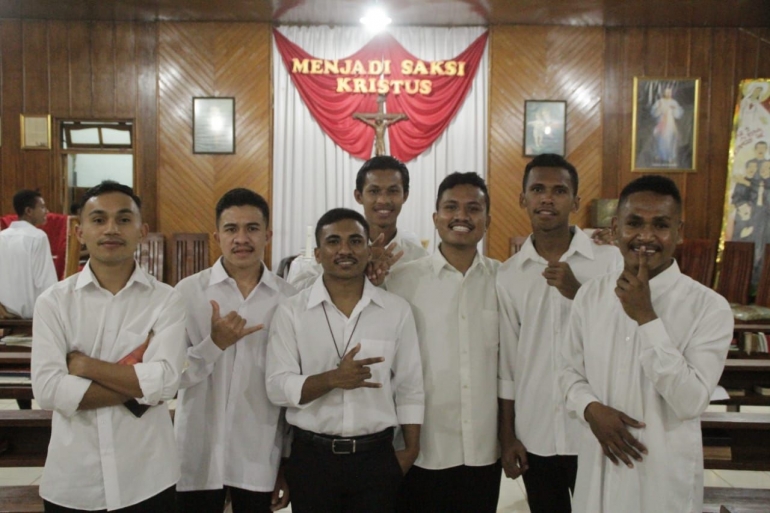The goal of discipline is the body: discipline to correct and educate. This requires comparison and individualization. Prison became a discipline room, because behind that wall, man-making was being carried out. Norms are studied more systematically. For Foucault, discipline is not synonymous with a particular institution or apparatus: it is a technology. So that for him sovereignty is not an agreement between individuals but the power to shape individuals.
Discipline can be administered by specialized institutions (prisons), or by institutions that use discipline as a means to an end (hospitals, schools, or teaching houses), or by agencies that use discipline as a means to further strengthen and organize power ( family, military, psychiatric homes) or by officials who use discipline as the principle for the functioning of the organization (administration since Napoleonic times), or by state officials who must ensure public discipline (police).
Panopticon Of Monastery
Is there a Penoptikon behind the monastery walls? Yes. Panoptics are inscribed in the location and architectural style of the buildings. Suppose; high walls with shards of sharp glass on them, the location of the rectory near the entrance which is made higher like a watchtower, and formators rooms on the lower floors which are deliberately placed near the entrance for the sake of supervision. With or without a supervisor to watch, shadows of fear are almost always there.
In seminary-level formation houses, the Panoptikon's tension has been refined its meaning in the rules of religious life pattern. For example: rules regarding the prohibition of leaving the monastery complex without the permission of the formator, coming to the chapel on time, this prohibition, that prohibition, etc.
This method is not 100% wrong. Rules are made to ensure the regularity of all community activities. Each rule has specific formative targets. Without violence and coercion. But can community authorities, such as the superior, ensure that the students following the rules really departs from an awareness of proper formative interests? Or is the reflection just stucked in the sense of being watched and punished?
Who knows? The Panoptikon does leave a long trail of obedience and fear, but it doesn't guarantee change. There is no room for freedom for its members to dare to act at the same time be responsible for every situation. Then there arises a sense of distrust which leads to suspicion and hypocrisy. The humans will not be able to be independent.
"This place is funny, at first you hate it, then you get used to it. Time after time you get more and more dependent. It's called institutionalized."- Red
Bibliography
Haryatmoko. Membongkar Rezim Kepastian. Yogyakarta: Kanisius, 2016.
Sheridan, Connor, "Foucault, Power and the Modern Panopticon". Senior Teses, Trinity College, Hartford, CT 2016.Trinity College Digital Repository. (http://digitalrepository.trincoll.edu/theses/548)









